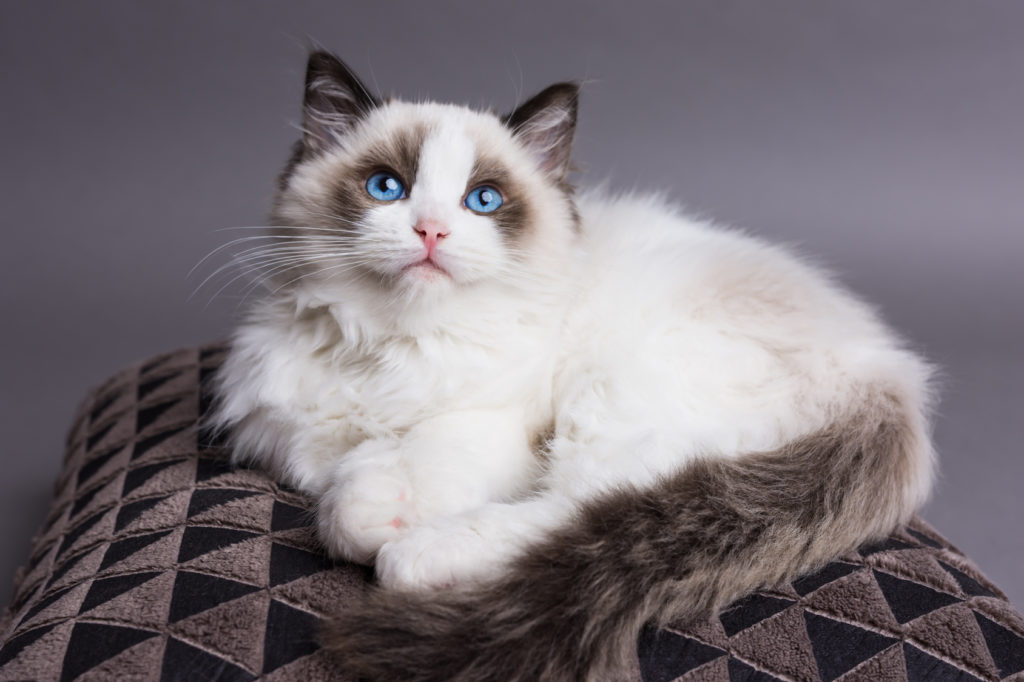
Agility, which made its debut in 1978 in England, is said to be the fastest-growing dog sport in the world. If the thought of cat agility makes you laugh or shake your head in disbelief, you’re not alone. Many might think a contest for cats should be for the longest nap taken, the best bathing skills, or the loudest purr. But people saw a sport for cats in agility, with world records, ribbons, and cash prizes.
Put a cat on an agility course and mostly what you get is frantic owners pleading with their pets, shaking sparkly, feathery toys in a futile attempt to coax the cat around the course. The cat may or may not design to cooperate, depending on its mood.
Scoff, you naysayers and dog-lovers! The International Cat Agility Tournaments launched its first national tour this summer anyway, and a handful of never-say-die local cat-lovers are determined to bring the sport of cat agility to the masses.
Cat agility consists of running a cat through a basic-, intermediate- or advanced-level obstacle course. Cats are given three minutes to negotiate all the obstacles. Their handlers may use toys to entice the cats around the course but must not touch the animals or yell at them in a harsh voice.
“It’s a lot of fun because at this point it’s just getting off the ground,” says Arnold Farley, of the High on Cats Cat Club and the guru of cat agility in the Denver area. The cat club recently bought a set of cat agility equipment – 11 obstacles in all – and members have been practicing.
When Linda Knudsen plopped her friend’s Ragdoll, Sherman, into the agility ring at the cat show for the first time, Sherman immediately began running – in the wrong direction. Knudsen finally coaxed Sherman onto the first ramp. He jumped off. She chased him around the ring, finally caught him, and placed him by the first tunnel. He took off in the other direction to stroll around the ring to the applause of admirers.
Finally, she got him through the first tunnel and he came to the second tunnel. Nothing doing. He’d have no part of going in there. But he did jump over a hurdle. He went through the first weave pole beautifully, then skipped all the rest of the poles, heading directly to Tunnel Four, which he went through the wrong way.
Twenty minutes later, a sweating Knudsen exited the ring with 10-month-old Sherman in her arms. “At least he moved,” she said, putting Sherman’s less-than-stellar effort into the best possible light. “The cat before us just sat there.”
But if Knudsen had a frustrating time of it, cat owner Jeanne Anderson, of Golden, says she and two friends are so enamored of cat agility that they plan on investing in their equipment. The females, she noted, seemed to perform much better than the males.
“They did well running through the tubes and the carpeted things,” Anderson says. “But that jump and the hoops – those were our stumbling blocks. We have to get them more into that.” Suzanne Jeanmenne brought her Maine coon, Ziggy, all the way to Denver from Chicago just for the agility tournament. “He hates regular cat shows,” says Jeanmenne. “He doesn’t like to be handled. But he loves agility.”
Jeanmenne and Ziggy spend 20 minutes a day training, jumping over chairs and hoops she’s set up in her living room. “Now he’s so fast I have to use a laser pointer just to keep up with him,” she says. At the moment, the Michael Jordan of cat agility is a spotted Bengal named Packer who lives in New York. His world record time to run 15 obstacles in the 30 foot by 30-foot arena is 14.5 seconds — 4.5 seconds faster than any of his rivals.
